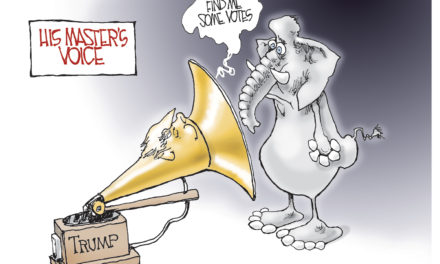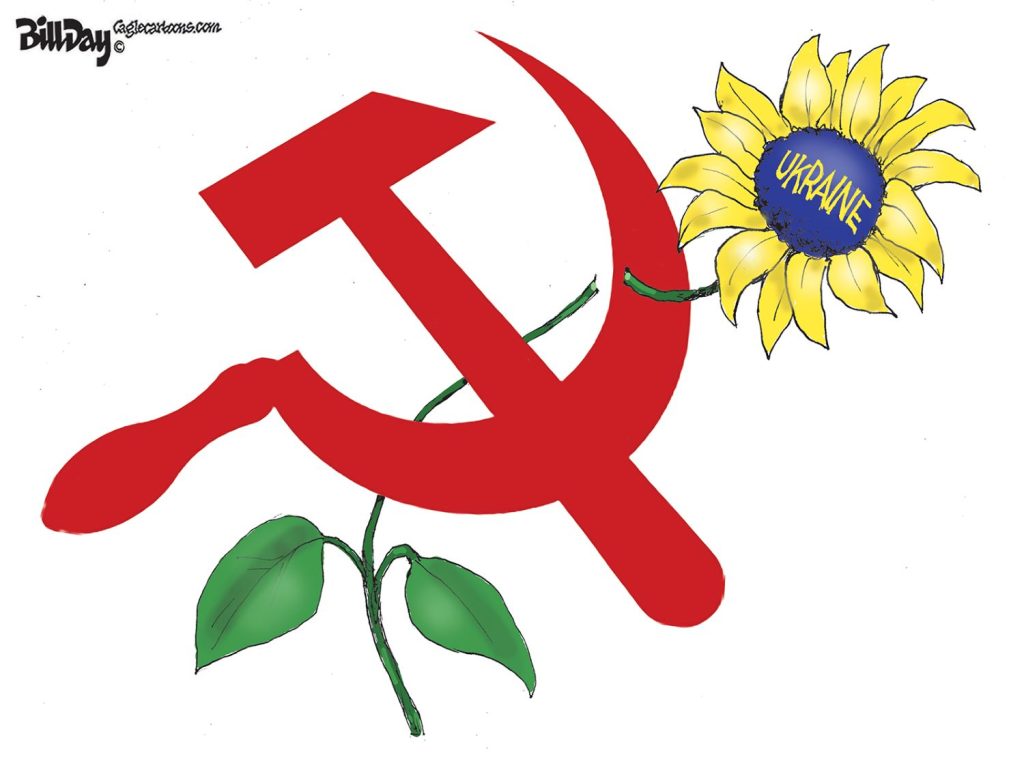The Joint Center for Housing Studies at Harvard University las week issued its 2021 State of the Nation’s Housing. It wrote:
“Even as the US economy continues to recover, the inequalities amplified by the pandemic remain front and center. Households that weathered the crisis without financial distress are snapping up the limited supply of homes for sale, pushing up prices and further excluding less affluent buyers from homeownership. At the same time, millions of households that lost income are behind on their housing payments and on the brink of eviction or foreclosure. A disproportionately large share of these at-risk households are renters with low incomes and people of color. While policymakers have taken bold steps to prop up consumers and the economy, additional government support will be necessary to ensure that all households benefit from the expanding economy.”
As for the risks facing renters who have fallen behind on rent, the report increases the most recent estimates of the Census Bureau by increasing the number of renters behind on payments from 7 million to 14 million. “As a result of widespread income losses during the pandemic, 14 percent of all renter households were behind on their housing payments in early 2021, and in ten states, more than one-fifth of renters were in arrears,” according to the press release.
“Racial disparities are evident here as well, with 29 percent of Black, 21 percent of Hispanic, and 18 percent of Asian renters in arrears, compared with just 11 percent of white renters.”
Households with Cost Burdens in Memphis MSA
Memphis Metro:
49% – Share of renters with cost burdens
27.4% – Share of renter households with severe cost burdens
102,837 – households with cost burdens
Median renter household income: $33,400
Median renter monthly housing costs $953
19.7% – Share of homeowners with cost burdens
8.5% – Share of homeowners with severe cost burdens
58,339 – Homeowner households with cost burdens
$71,800 – Median homeowner household income
$952 – Median homeowner monthly housing costs
From report:
Many Renters Continue to Face Pandemic Hardship
- Renter households continued to face financial hardship in the first quarter of 2021, with 53 percent of renter households reporting they had lost income since the beginning of the pandemic, and 17 percent behind on rent. The share of renter households behind on rent payments varied considerably by state, ranging from a low of 10 percent in Idaho to a high of 27 percent in Mississippi.
- The ability to withstand a temporary loss of income depends largely on having a reserve of wealth and homeowners have a huge advantage over renters. At last measure in 2019, the median wealth for homeowners was $254,900—more than 40 times the $6,270 median for renters. Even excluding home 3 equity, the median wealth of owners was $98,500, or more than 15 times that of renters. Wealth also differed widely by race and ethnicity, as the median wealth of white households was more than seven times that of Black households and over five times that of Hispanic households.
- Rental demand plunged early in the pandemic, with growth in the number of occupied apartments dropping from 333,000 units in the first quarter to 176,000 units in the second quarter. But multifamily construction, which had been closely tracking new rental demand, continued at a brisk pace throughout 2020 and ended the year at a total of 377,000 units, not far below the 2019 level.
- As demand slowed, vacancy rates soared to 10.0 percent in prime urban areas in late 2020, before edging down to 9.6 percent in early 2021. Meanwhile, vacancy rates fell in prime suburban areas from 7.2 percent in the first quarter of 2020 to 6.0 percent in the first quarter of 2021.
- After dropping below zero for much of 2020, growth in apartment rents resumed in 2021, reaching 1.3 percent growth year-over-year in the first quarter. But even as rent growth resumed nationally in early 2021, rents continued to decline in seven of the country’s eight largest metros.
The Unequal Financial Effects of the Pandemic Add to Persistent Affordability Challenges
- The financial impacts of the pandemic continued to affect households unequally. At the start of 2021, one quarter of households earning less than $25,000 were behind on their housing payments, compared to six percent of households earning $75,000 or more.
Even among the lowest-income households, racial disparities were pronounced: more than a third of Black renters and a quarter of Hispanic and Asian renters were behind on rent in early 2021, compared to 17 percent of white renters.
Households who received Economic Impact Payments from the Consolidated Appropriations Act passed in December 2020 spent the money primarily on food, utilities, and housing costs. Over 60 percent of low income households spent the payment at least partially on food, 56 spent some part on utilities, and 53 percent spent at least part of the payment on rent or mortgage.
- Many households were struggling with housing costs before the pandemic began. In 2019, nearly half of all renter households and one-fifth of all homeowner households spent more than 30 percent of their incomes on housing. More than three-fifths of renters and nearly half of homeowners earning less than $25,000 spent more than 50 percent of their incomes on housing in 2019.
- One sign of the pre-pandemic affordability crisis was the increase in the number of people experiencing homelessness in January 2020. The number had increased from January 2019 by 13,000 to 580,000 people total.
- Last year set a record for the number of distinct billion-dollar disasters, with 22 disasters costing $95 billion combined. This fit a trend of more frequent and expensive disasters, accompanied by higher homeowner spending on disaster repairs, which has increased in real terms from $8 billion in 2000 to $26 billion in 2019.




